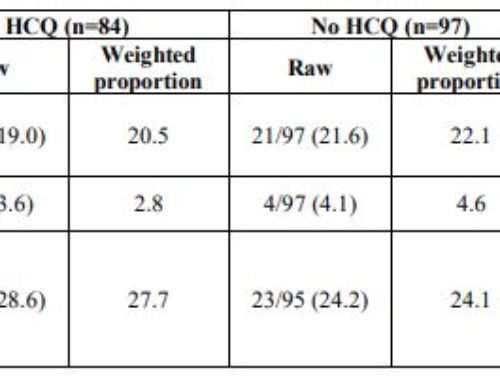Having an effective communication plan during this unprecedented period will not only help keep everyone informed on rapidly changing clinical recommendations and hospital policies, but will also bolster confidence that you and your team can do this!
As testing availability changes and as community transmission increases, criteria for testing will change. PPE recommendations will change and you may be asked to begin to reuse face masks. Patients may be cohorted and hospitalists may be assigned to particular units. Staffing changes may occur as volume increases and new shifts may be created. Changes to policies and procedures will changes every day, and keeping up with these changes will be very difficult. A deliberate and disciplined communication plan will be one of the best tools you have.
I was surprised by the amount of information coming in. Do not underestimate how much time it will take to keep up with rapidly changing clinical circumstances, state/hospital/CDC recommendations, and many other aspects of COVID-19 and its impact on the hospital and your staff. I strongly recommend that if you are the Director/Chief of the hospitalist program get a LOT of help with communication. I am lucky to be working with phenomenal colleagues, and getting help has been absolutely no issue. Hospital Medicine, just like every other discipline and other staff at the hospital, will step up and help you in so many ways. Communication and keeping up with all of the changes is such a great way for people to help.
- Establish a time every day (including weekdays and holidays) to communicate with your team and review key changes for the day. Be prepared to answer questions that you do not have the answers to, but take good notes and follow up with people the following day or sooner. Be sure to allow for a call-in option – people should not come in personally to avoid risking transmission. Consider recording the meeting so that people who work in the evening or night can benefit from all of the updates as well.
- Draft a document with key updates related to policies and procedures for your staff. Send out such a daily digest and post it in the office, save in a location where people can find it and email it to your staff. Consider highlighting the most notable changes on the document so it is clear to everyone what changed from the prior day. You could consider using a website like Microsoft Teams that has document versioning and the ability to just post the update each day (like a threaded series of updates), but the key is using something with which your staff are very familiar. Clearly date each document/digest/update, to be sure that people open up the correct version if they search for it. While this will take time and is a commitment, your staff that works in the evening or night may not be able to call in. With the numerous changes that you will experience every day, they will find these documents extremely helpful.
- Do not assume that hospital or health system communications are all read by your staff. This is the reason to reinforce such communications with the above strategies. I have spoken with many people in several programs who simply cannot keep up with email in general, let alone during this very dynamic period when things are changing constantly. It will not be unusual for people to receive 5-6 important emails from the hospital, chair, health system, or others each day. People need a daily digest.



Leave A Comment